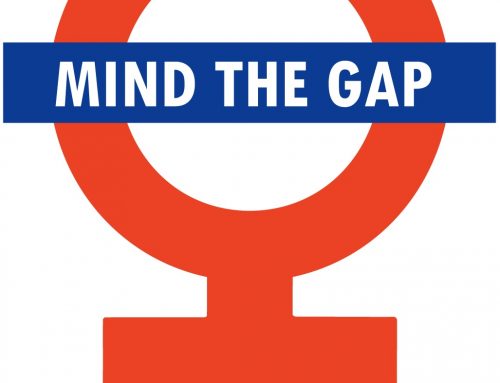 A recent article in Bloomberg sounded the familiar alarm: “Modern Motherhood has Economists Worried.” Bloomberg looked at data from 1970-2000 among those aged 25-54, showing women’s increase in the working population, while showing men’s moderate decline. Quoting a Janet Yellen speech at Brown University, the writer goes on to state:
A recent article in Bloomberg sounded the familiar alarm: “Modern Motherhood has Economists Worried.” Bloomberg looked at data from 1970-2000 among those aged 25-54, showing women’s increase in the working population, while showing men’s moderate decline. Quoting a Janet Yellen speech at Brown University, the writer goes on to state:
“We, as a country, have reaped great benefits from the increasing role that women have played in the economy,” she [Yellen] said. “But evidence suggests that barriers to women’s continued progress remain.” Among those barriers: “a lack of equal opportunity and challenges to combining work and family.”
Long time readers of the blog know I have written about this extensively. Yellen’s words continue to ring true, but there is a larger, more troubling issue here and one needs only to do a small amount of digging to find it. An article published by the Pew Research Center has a similar heading: “Women may Never Make up Half the US Workforce.” Women with children, particularly young children, are less likely to work today than they were 30 years ago. That points to systemic issues I have discussed before: companies who are unwilling to accommodate working mothers’ schedules, the high cost of quality child care, little maternity leave, among other reasons. These are not surprising statistics. What did surprise me was that some of the Bureau of Labor Statistics findings cited in the article and the accompanying text shows declines for both women and men.
It is certainly problematic that women’s workforce participation has declined, but even more concerning that declines have been seen in both genders, which has troubling implications for the economy. During the period of 1950-2000, when more and more women comprised the workforce, the nation’s standard of living increased. The more labor force participation, the greater productivity gains and the greater economic growth—the ripple effect.
Projected labor force gains for women and men will be about the same over the coming decades: 0.4%. Compare that to increases in the 1970s: 3.7% for women, 1.8% for men. These structural headwinds may make it difficult for the economy to grow. What’s to blame?
Economists point to two factors when addressing the general issue of declining labor force participation: an aging population and the 2008 recession. But why the trending decline for men? Federal Reserve Vice Chairman Stanley Fischer was quoted in MarketWatch:
“But he said ‘much’ of the decline was due to the nation’s aging population, as well as a trend since the mid-1960s for declining participation by prime-age males. As for the reason why prime-age male participation is falling, particularly for those with no more than a high school education, Fischer said there’s a number of possibilities. He said some economists have said disability insurance and public assistance income has played a role, while others point out a decline in demand for lower-skilled labor, which is evidenced by the steep drop in wages in comparison with college graduates.”
With the private sector adding jobs at the rate of about 150,00 per month in 2016, these declines are even more concerning. What can we do about this shift? Policymakers are often quick to call for programs designed to encourage people to join the workforce. But what about encouraging people not to leave? I find the discussion, once again, comes back to family-friendly workplace policies:
“Economists Christopher Ruhm and Jacqueline Teague found that moderate periods of paid leave are associated with higher labor-force participation rates for women. And evidence from California’s state-run paid leave program, the longest running of its kind in the country, finds that the hours worked of new mothers with access to paid leave increased by 10 to 17% due to increased job continuity.”
Certainly, there are many other ways to mitigate this troubling trend, far beyond the scope of this discussion. I believe that the point, however, is that if employers did not give a serious look at improving the lives of their employees, there may be fewer employees and a smaller company to run in the future.





